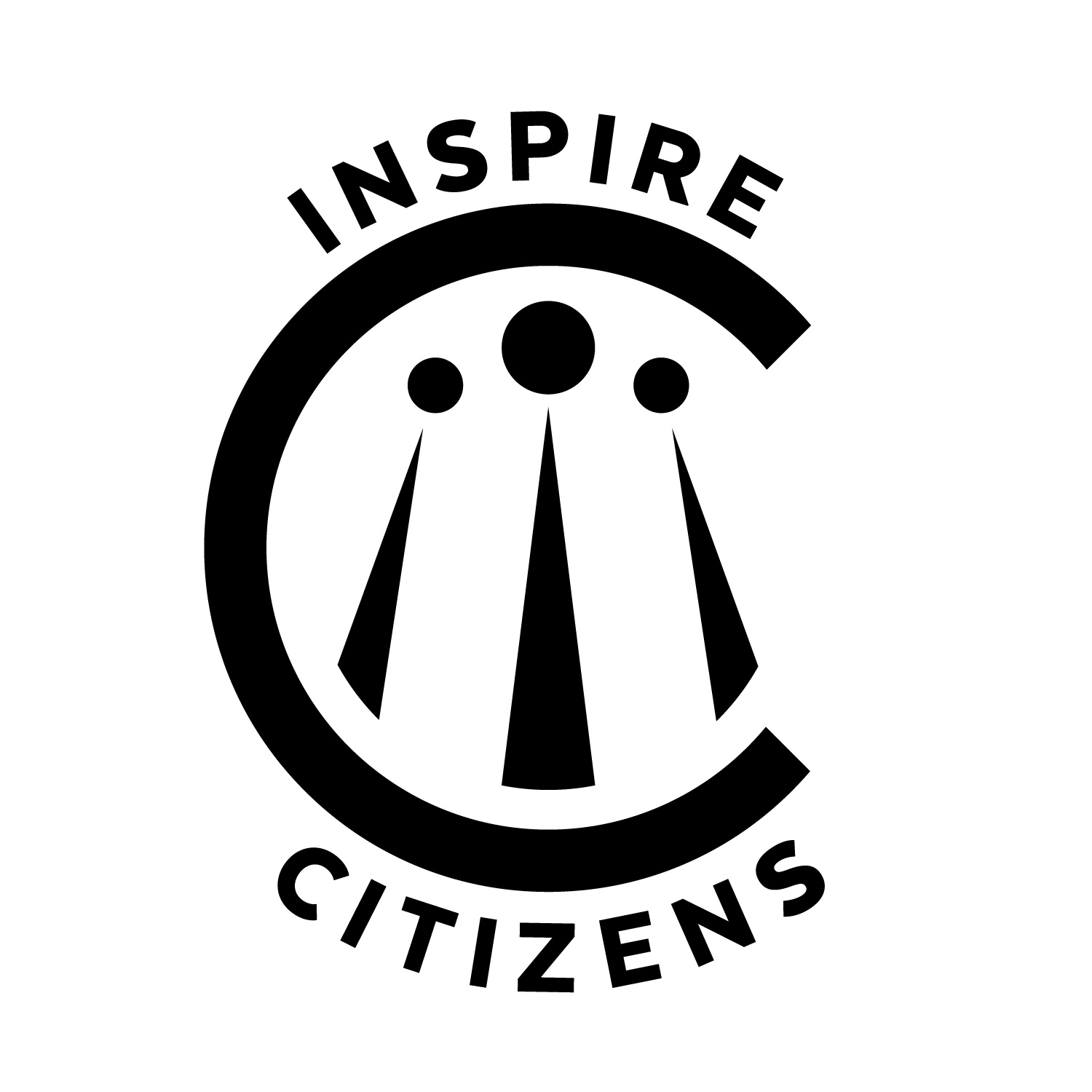STAGE 1
Q: Which knowledge, skills, and understandings will I target in this unit/project design?
You will begin by identifying the key knowledge, skills, and understandings students need to successfully explore the world and take meaningful action. This is the foundation of your unit—as we ignite student passions and introduce global issues, we ensure learners develop the skills and knowledge to engage critically, creatively, and compassionately. ABLE aligns with your school’s standards and curriculum while setting the stage for deeper inquiry, purpose, and action in later stages.
Considering the Application of our Learning
As we are designing a learning experience, using the Empathy to Impact framework, we may want our students to take on a real-world role as part of the application of their learning to take action and have a positive impact. Depending on the type of action we are building towards, we might ask our students to think like a… (Film director or editor, Social media influencer, Conservation photographer, Data analyst, Advocacy writer, Researcher, Workshop facilitator, Marketing director, Project manager, Technology director, Etc!)
By taking on a real-world role as part of their work and seeing authentic connections to how the knowledge and skills that they are learning in the classroom can be applied in a meaningful way, we increase engagement, create a sense of purpose, and level up the engagement of our students. It helps them to really understand the WHY behind the learning.
Explore “ABLE”
Step 1: Put your school’s curricular standards here, selecting the academic content and skills to target in your unit/project design:
What disciplinary knowledge or cross-disciplinary skills are essential for this unit?
Which of your school’s curricular standards or learning outcomes will guide this unit?
Step 2: Write Learning Objectives that are clear and student-centered learning goals. Consider including key concepts, vocabulary, skills for inquiry, communication, collaboration, problem-solving, or critical thinking
Step 3: Design the unit for Readiness and Growth.
Design pre assessments and formative assessments of key vocabulary, skills and concepts. You will use this data to scaffold these targets in your lessons
Plan enough time for skill practice, reflection, and feedback
Further guidance:
Before we begin any of the empathy or impact, we need to clarify which knowledge, skills, understandings, or learning objectives we are helping students to develop through this teaching experience. This section lays the groundwork for learning plus impactful action.
Review the knowledge, skills, and understandings in your unit and familiarize yourself with them because we will actualize them through the next four stages of our Empathy to Impact planning.
Students might also need to develop other skills and understandings that support their action. For example, if students are planning to host an event to raise awareness about an issue that they care about and build community engagement, they are going to need some skills related to hosting an event. If they are planning to run a workshop, they may need to look at skills involved in designing an interactive learning experience for their audience. You might anticipate 21st century skills like systems thinking, leadership, critical thinking, creativity, futures thinking, communication, among others, with dispositions like empathy, problem-solving, and resilience.



